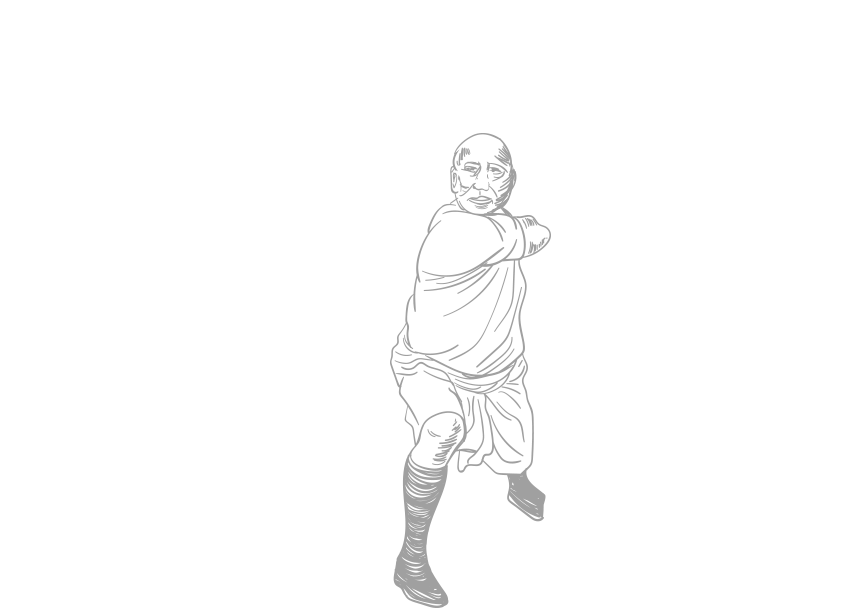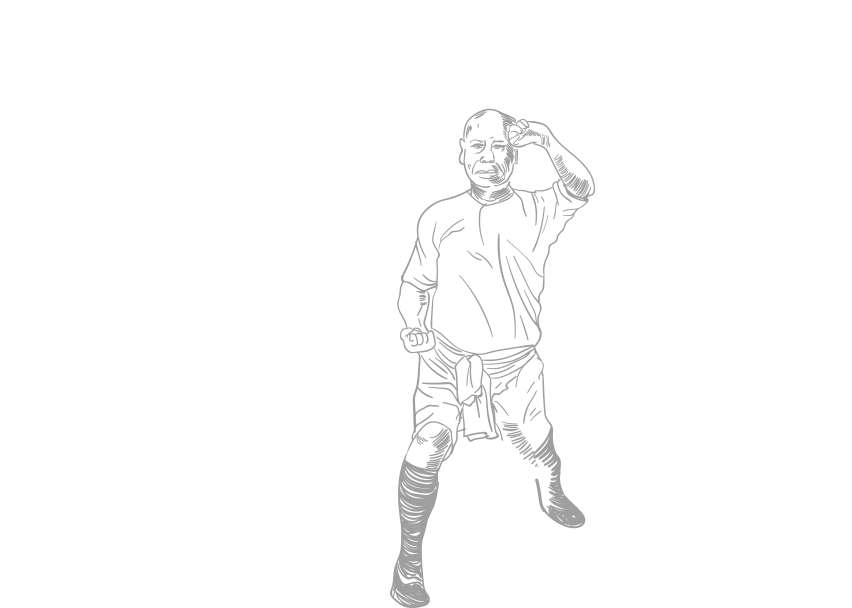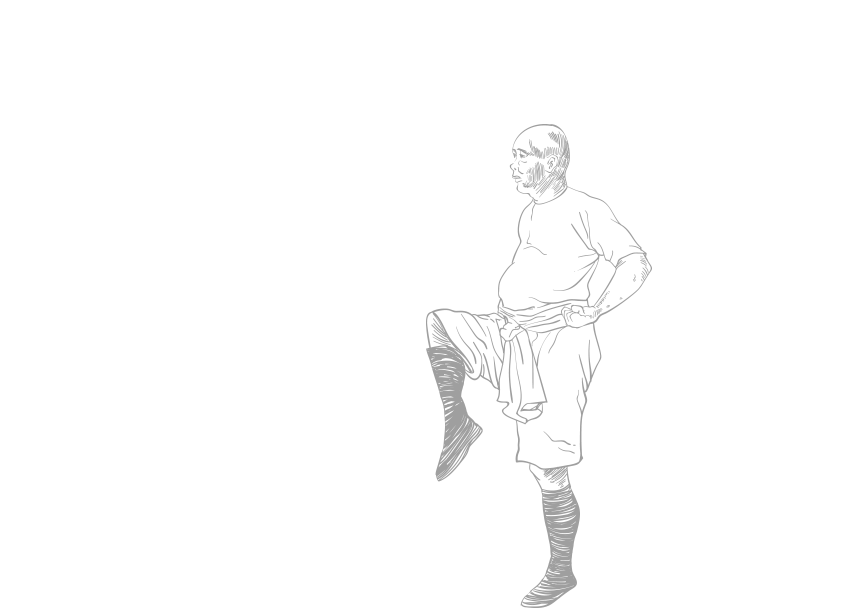片名:《五郎八卦棍》
上映年份:1983年
劉家良導演憑此片獲1985年香港電影節最佳動作設計提名。此片在劉家良的作品中屬罕見悲壯風格。故事改編自民間傳說,講述宋代楊家將慘遭大將軍潘美滅門,惟五郎、六郎成功逃出。八卦棍既為南派武術中最精湛的棍種之一,同時亦象徵佛家的和平主義。片中有一段精彩的練功片段,就是要求僧人拔去木狼的牙,此舉是為了突顯即使對方是敵人也不得殺生的道理,也預示了最後一場打戲——此幕雖以兇殘著稱,但當中功夫技巧高超,動作如芭蕾舞步般美妙,設計得相當精巧。劉家良本身是一位洪家拳大師,在戲中表現也令人難忘。他在其中一幕飾演獵人,與劉家輝飾演的楊五郎一起戰鬥,最終更為他犧牲。
The Eight Diagram Pole Fighter (1983)
Lau Kar Leung was nominated for Best Action Choreography at the 1985 Hong Kong Film Awards for his work on this film, which was also released as The Invincible Pole Fighter outside of Hong Kong.This unusually dark film is based on a legend of a Song dynasty-era massacre of the Yang family by General Pan Mei, from which only two of the family's males (the fifth and sixth brothers) managed to escape. The Eight Trigram pole-fighting techniques are a famous pole-fighting form in Hung Kuen, and are demonstrated throughout in magnificently choreographed scenes. The pole-staff, a one of the best-known martial arts weapons, is deployed as a symbol of Buddhist pacifist values. In one key training sequence a wooden wolf is “de-fanged” by the monks to demonstrate the importance of not killing one’s enemies, a lesson which foreshadows the film’s infamous final fight scene. Lau Kar Leung (a world-class Hung Gar master himself) makes a memorable appearance as a hunter in one scene, fighting against and alongside - and finally sacrificing himself for - Gordon Liu’s character.























